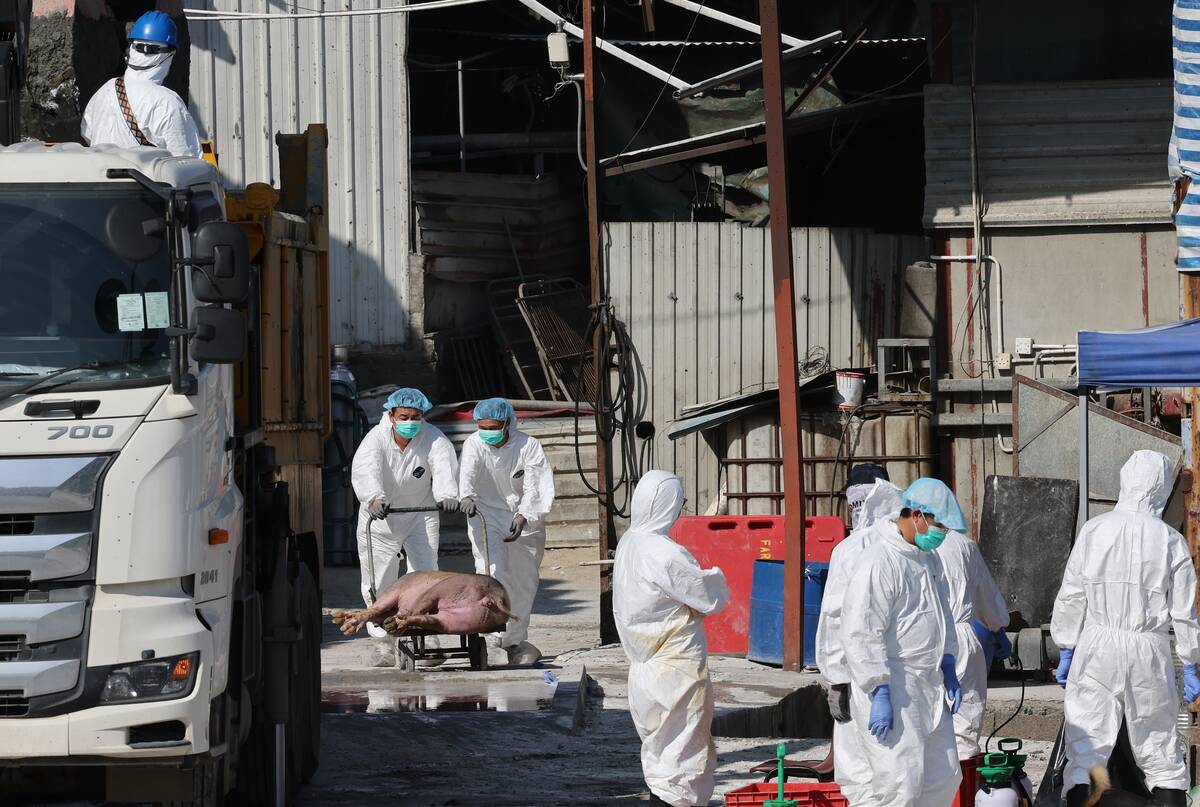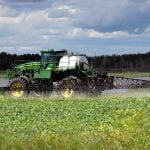Feed grain and forage research is increasingly underfunded at a time when Canada’s livestock sector struggles to remain competitive, says a recently released study.
The report, conducted by the Canadian Cattlemen’s Association, said many research projects are short-term, regional investments with little future vision.
“This approach has produced a research system in which the few programs left are barely able to survive,” the report said.
The study found that nearly $4.5 million is spent on barley breeding in Western Canada. In theory, that means $3.67 million should be allocated for feed research because livestock eat more than 85 percent of the barley grown in Western Canada.
Read Also

Mixed results on new African swine fever vaccine
The new African swine fever vaccine still has issues, but also gave researchers insight into how virus strain impacts protection against the deadly pig disease.
However, the study found that feed breeding research is underfunded by almost $2.3 million a year.
“Malt barley research is being funded at a disproportionately higher level than feed barley research,” the report said.
The livestock sector has told researchers it wants higher yielding feed barley and wheat varieties that produce more energy per unit of land.
However, the report said this work must begin soon because it takes 10 to 15 years between the first breeding cross and the release of a new commercial variety.
CCA researcher Andrea Brocklebank said the association can’t afford to fund this kind of research on its own, but it plans to work with researchers and contribute money wherever it can.
Much of the CCA’s budget comes from levies paid on marketed cattle, but check-off funding is tenuous. Besides paying checkoffs to their respective beef organizations, producers may also contribute to other organizations such as the Alberta Barley Commission or the Western Grains Research Foundation through the Canadian Wheat Board.
“With increased domestic demand we could see those check-off dollars through the Western Grains Research Foundation actually decrease,” Brocklebank said.
As well, no checkoffs are collected when barley is cut for silage, and it is often difficult to collect on grain fed domestically.
The CCA also wants a resolution to regulatory issues such as kernel visual distinguishability and plant novel traits that the association says hinder feed grain breeding.
“Understanding the regulatory systems are in place to ensure the safety of our food system, quality and supply, but at the same time we need ones that really focus on advancing commercialization of important crops to the sectors,” Brocklebank said.
An example is low phytate barley developed in Saskatoon through traditional plant breeding. When fed to hogs, it reduces the need for feed additives and produces less phosphorus in manure.
However, the barley hasn’t caught on because the Canadian Food Inspection Agency said it is a plant with novel traits requiring special labelling. The United States released a low phytate barley without the labelling requirements.Â
On the forage side, Doug Wray of the Foothills Forage Association said only two researchers are working on new varieties, which has forced producers to import American alfalfa seed. Those varieties do not always perform well in the Canadian climate, he added.
Rising grain costs will prompt producers to keep their cattle on grass longer, and research is needed for improved varieties that hold nutritional value after the growing season.
The newly formed Alberta forage industry network, which pulls together different sectors to talk about needs, could help set research priorities.
The current livestock crisis could increase the value of forage, even though it is more difficult to quantify than grain, which has a specific monetary worth on a per bushel basis.Â
“When the economics go sideways on you, sometimes that is where the action really gets spurred. As long as we are comfortable ,we’ll keep doing what we’re doing,” said Wray, who ranches near Irricana, Alta.
“The world doesn’t see the value in the grass. They see the number of cattle going to market.”
Most feed and forage funding comes from the federal and provincial governments. Private enterprise is less interested because there is a smaller return on developing hybrid wheat compared to oilseeds and corn.
Private plant breeding companies cannot finance costly research and development programs if they are unable to charge a sufficiently high enough price for certified seed, the report said.















